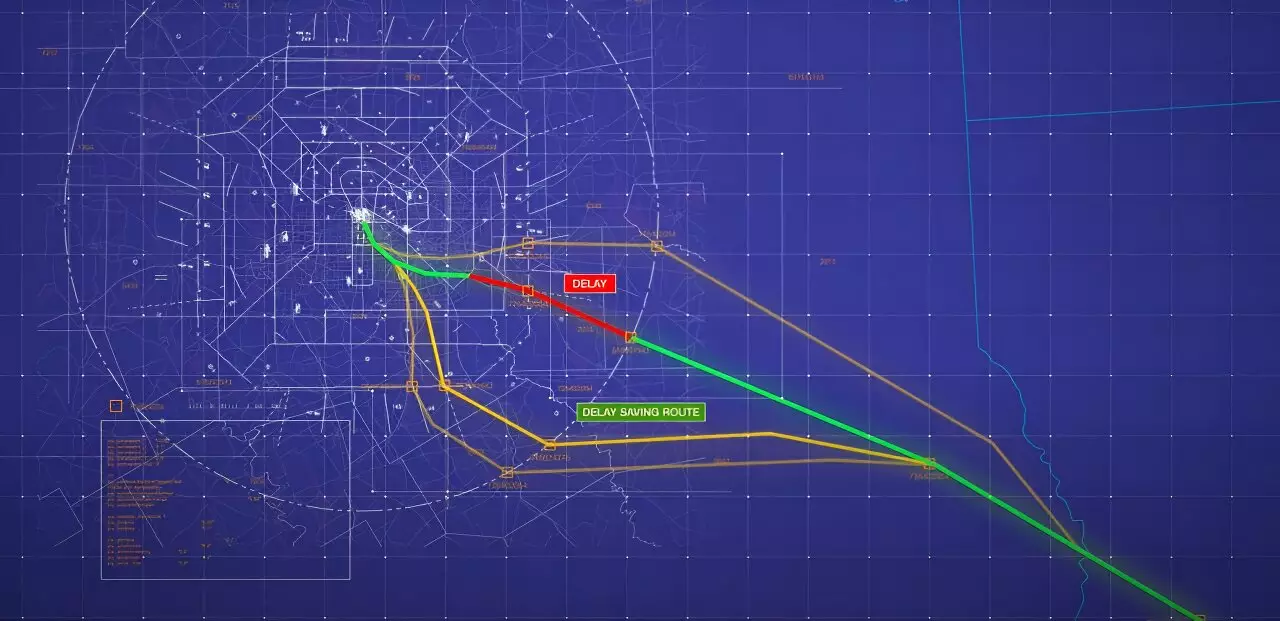The aviation industry is constantly evolving, with new technologies and innovations shaping the future of air travel. NASA, known for pushing boundaries and exploring new frontiers, has developed a cutting-edge resource called the Digital Information Platform (DIP) to assist air traffic managers in optimizing air traffic flow. This living database aggregates vital data from various sources, such as airlines and drone operators, to provide decision-making tools that can enhance operational efficiency and safety in aviation.
The primary goal of NASA’s DIP is not just to save time on journeys but also to revolutionize how the aviation industry operates. By collaborating with airlines, NASA has already demonstrated the effectiveness of DIP in improving traffic flow at select airports, leading to significant fuel savings and a reduction in carbon emissions. Moreover, the data gathered through DIP is now available to the public, allowing users to create guest accounts and access valuable information to enhance their aviation operations.
As we look ahead to the future of aviation, NASA envisions a highly automated, safe, and scalable airspace environment. With the increasing demand for air travel, the current National Airspace System faces challenges in keeping up with the influx of air traffic. DIP plays a crucial role in addressing these challenges by providing innovative tools and systems that leverage machine learning and artificial intelligence to streamline operations and accommodate the anticipated growth in air traffic in the coming years.
To bring this vision to life, NASA’s aeronautical innovators are testing DIP and its services at several airports in Texas as part of a pilot program. By deploying digital tools in live operational environments, NASA is working closely with airline partners to enhance the efficiency of airspace operations. The success of these initiatives is already evident, with tools like Collaborative Digital Departure Rerouting saving substantial amounts of fuel and improving air traffic flow in the Dallas area.
NASA’s partnership ecosystem with airlines and the aviation industry has been instrumental in the development and expansion of DIP. By fostering continued agreements and collaborations, NASA is paving the way for further advancements in aviation technology and safety. The benefits of DIP extend beyond individual airlines and operators, ultimately benefiting the entire industry and the flying public as a whole.
NASA’s Digital Information Platform represents a significant leap forward in the aviation industry, offering innovative solutions to enhance efficiency, safety, and sustainability. With a focus on leveraging advanced technologies and data-driven decision-making, DIP is shaping the future of air travel and airspace management. As NASA continues to collaborate with industry partners and push the boundaries of innovation, the impact of DIP on the aviation industry is poised to be transformative.


Leave a Reply